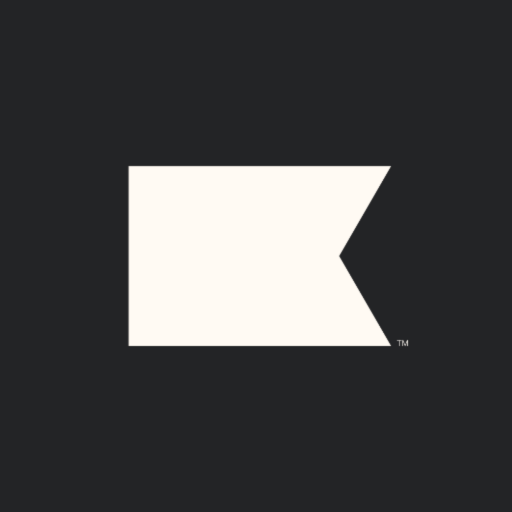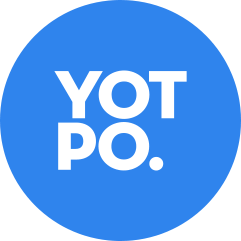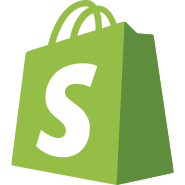Starting a Kids Clothing Brand and Growing to $12k/mo
Hello! Who are you and what are you working on?
Hi there, I’m Cameron Olthuis, owner and operator of Sawyer. Sawyer is a high-quality kids clothing brand that makes soft, durable products with timeless designs that inspire them to get outside and explore the natural world.
We discovered a striking statistic:
Kids today spend less time outside than maximum security prisoners.
The average child spends 8-10 hours a day in front of a screen and less than one hour per day outside. Spending time outside is important for kids as it’s a healthy way to develop, learn, and grow through experience. We are a mission driven brand encouraging a balance of technology and nature in kids lives. Go outside and play!

We operate a direct-to-consumer business model that’s completely bootstrapped and our fulfillment is done entirely in house. This allows our brand to be in control of all customer touch...

Download the report and join our email newsletter packed with business ideas and money-making opportunities, backed by real-life case studies.

Download the report and join our email newsletter packed with business ideas and money-making opportunities, backed by real-life case studies.

Download the report and join our email newsletter packed with business ideas and money-making opportunities, backed by real-life case studies.

Download the report and join our email newsletter packed with business ideas and money-making opportunities, backed by real-life case studies.

Download the report and join our email newsletter packed with business ideas and money-making opportunities, backed by real-life case studies.

Download the report and join our email newsletter packed with business ideas and money-making opportunities, backed by real-life case studies.

Download the report and join our email newsletter packed with business ideas and money-making opportunities, backed by real-life case studies.

Download the report and join our email newsletter packed with business ideas and money-making opportunities, backed by real-life case studies.



























